Nikon Z6 III Mirrorless Camera with Basic Bundle
$2,496.95
Comprising the core accessories needed to begin shooting with a compatible lens, the Nikon Z6 III Mirrorless Camera with Basic Bundle from B&H combines the full-frame mirrorless body with a protective camera bag and memory card.
Add to cart
Buy Now
Key Features
- Basic Accessories to Start Shooting
- Bag and Memory Card
- 24.5MP Partially-Stacked CMOS Sensor
- EXPEED 7 Image Processor
- 6K 60p N-RAW, 6K 30p ProRes RAW
- 4K 120p, Full HD 240p Slow Motion Video
- Up to 20 fps Raw, 60 fps JPEG Shooting
- Blackout-Free, 5760k-Dot EVF
- 493-Point AF, AI-Based Subject Detection
- 3.2″ 4-Axis Tilting Touchscreen LCD
Nikon Z6 III Mirrorless Camera
Massive Upgrades for a Mid-Range Monster
Sporting a new and inspired partially-stacked sensor design, the Nikon Z6 III Mirrorless Camera unlocks a number of flagship-level upgrades for this mid-range camera, including faster and more precise autofocus, professional-level 6K internal raw video, pre-capture at up to 120 fps, and a smooth, bright, colorful EVF. Taken together, these upgrades make this mirrorless monster an ideal choice for aspiring professionals in search of an all-around, affordable camera.
Newly Designed Sensor and Flagship Processing
24.5MP Partially-Stacked CMOS Sensor
The Z6 III is Nikon’s first camera to to feature a partially stacked sensor design for faster scans and readouts than its predecessor, as well as reducing rolling shutter. Additionally, this sensor design unlocks many of the flagship-level features in the camera, like faster autofocus, a smoother EVF experience, faster continuous shooting speeds, and higher frame rates when shooting video.
EXPEED 7 Image Processor
Complementing the sensor is the EXPEED 7 processing engine, found in the top-of-the-line Z8 and Z9 mirrorless cameras an which offers speeds approximately 10x faster than the Z6II. This engine works in conjunction with the partially-stacked sensor design to realize impressively fast AF speeds, burst shooting rates, a high buffer capacity, fluid video performance, and quick all-around handling.
- Top continuous shooting speeds of 20 fps when shooting in raw, up to 60 fps when shooting in full-frame JPEG, and 120 fps when shooting JPEGs using a DX crop, with all rates supporting full AF/AE performance.
- Able to buffer over 1000 images in a burst when using the electronic shutter, meaning image sequences can be recorded for approximately 50 seconds continuously.
- Pre-Release Capture at up to 120 fps helps make decisive moment shots easier by recording frames in a burst for up to a second prior to actually releasing the shutter. When this feature is activated, burst shooting will commence when the shutter is half-pressed and the buffer will retain up to 4 seconds’ worth of frames after fully pressing the shutter.
- Electronic shutter affords a top shutter speed of 1/16,000 sec for working in the brightest conditions with wider apertures.
- Partially-stacked sensor design reduces rolling shutter distortion so fast-moving subjects, like a golf club, tennis racket, or baseball bat, do not appear distorted when working with shutter speeds up to 1/16,000 sec.
- AF calculations are done at a 120 fps rate to keep up with fast continuous shooting speeds.
493-Point Phase-Detection AF
Covering the full sensor area, the Z6 III’s flagship EXPEED 7 processor unlocks Nikon’s 299-point phase-detection AF system to realize fast and accurate focusing performance. This system is benefitted by the high-speed communication of the Z interface along with the speed of the sensor that enables AF readings to occur at up to 120 fps.
This focusing system also supports working in low-light conditions with a Starlight mode that permits focusing down to -10 EV to greatly benefit astrophotography, concert, and other nighttime shooting applications. Featuring the highest native ISO in a Z-series camera at ISO 64000, the autofocus is also useful for working in difficult lighting conditions. The Backlit AF function uses separate pixels on the sensor that allows these areas to intentionally overexpose for focusing accuracy purposes without impacting the actual exposure of the recorded image.
A mainstay focusing mode in DSLRs, which debuted for mirrorless with the Z9, the Z6 III also includes 3D Tracking AF that pairs with subject detection to lock onto fast, erratically moving subjects that move parallel and perpendicular to the camera. Additionally, there are three Dynamic-Area AF modes, with a range of focus area sizes, for capturing a broad variety of moving subject types.
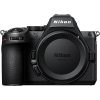
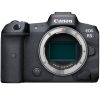
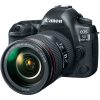
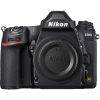
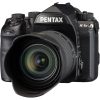
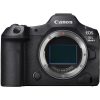
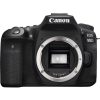
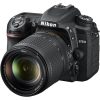
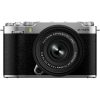
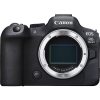
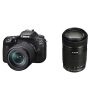

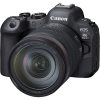
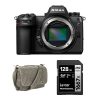
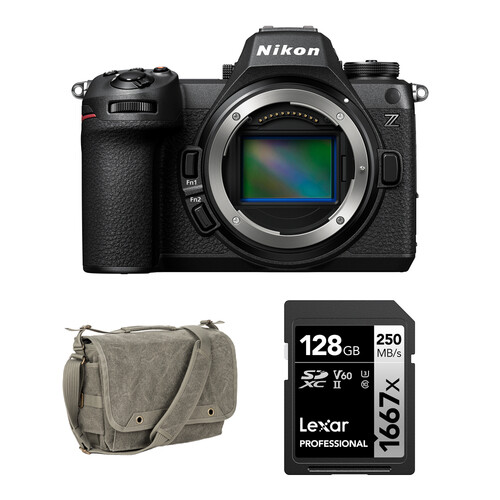
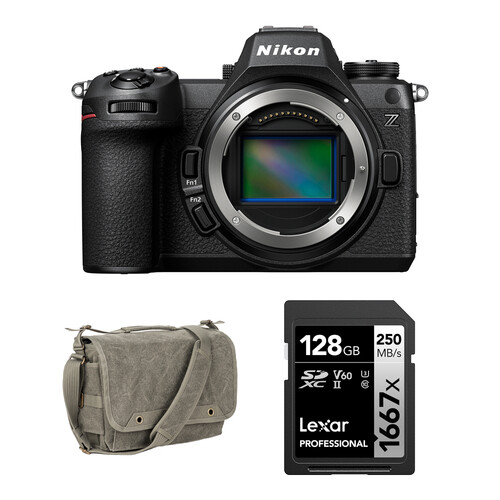
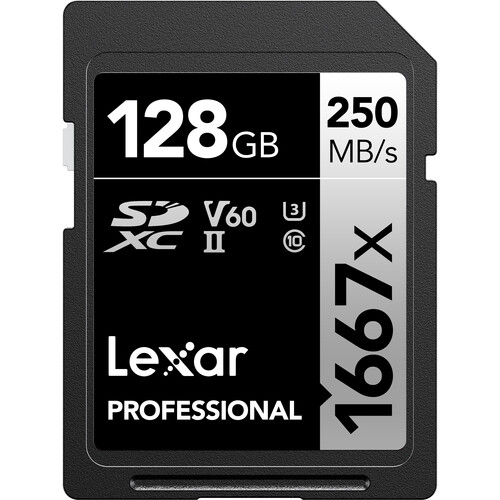
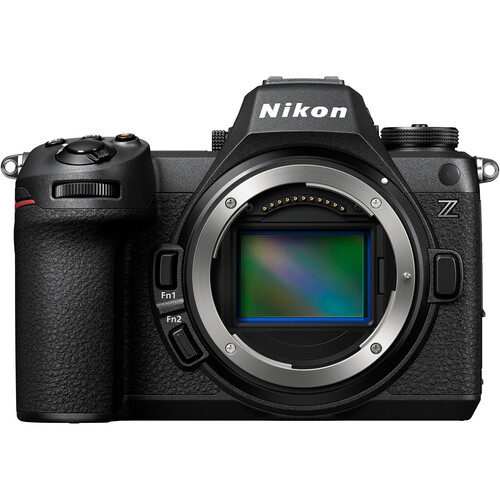


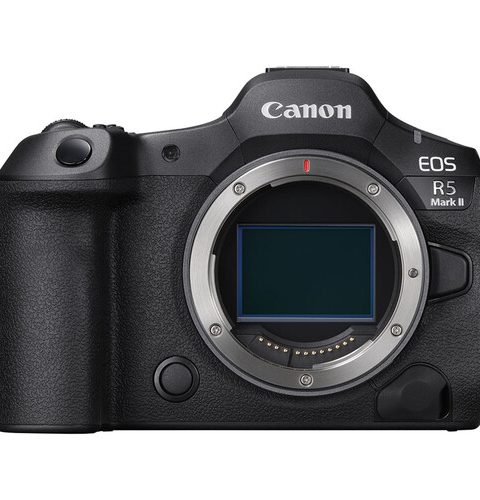
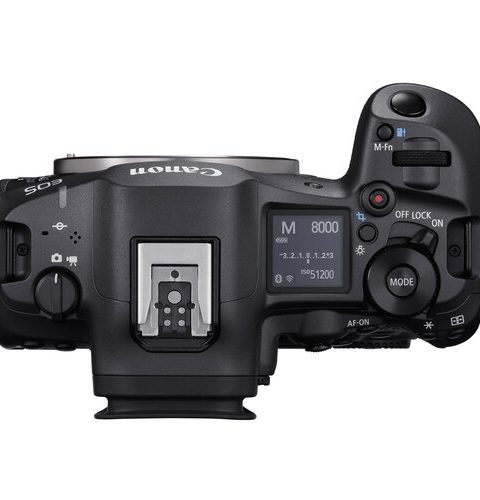
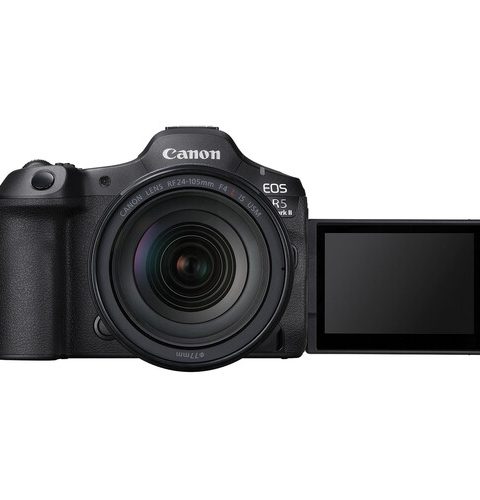
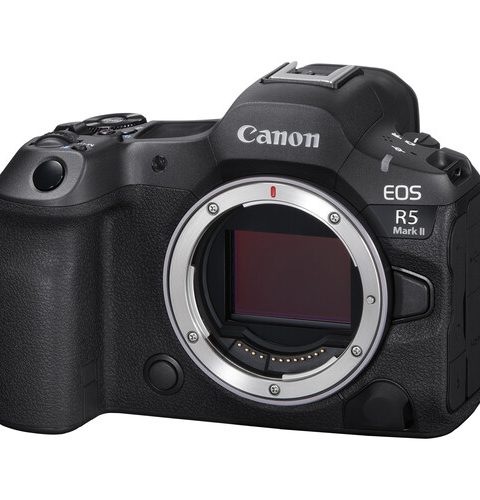
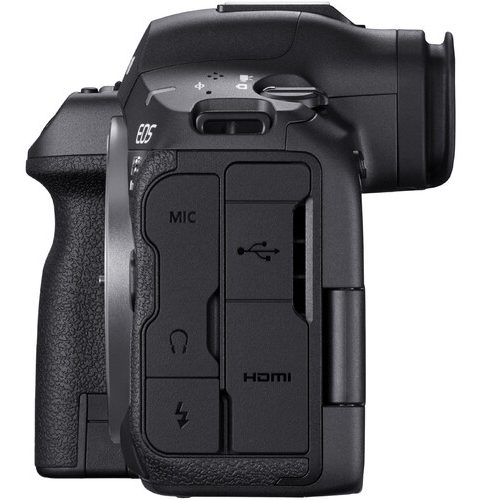
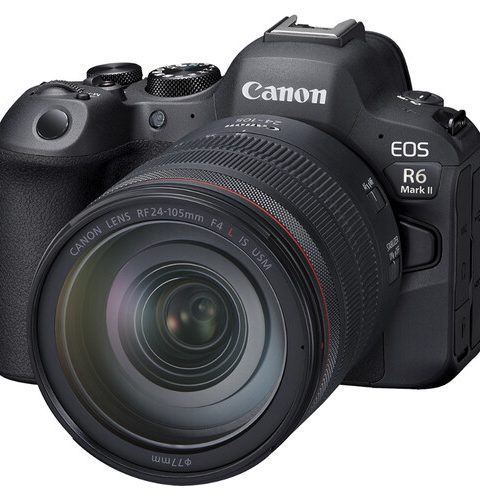
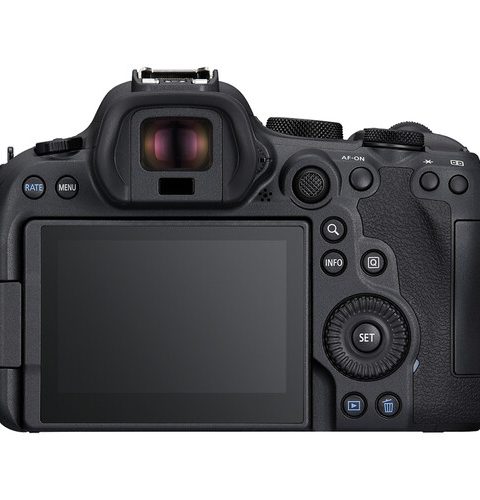
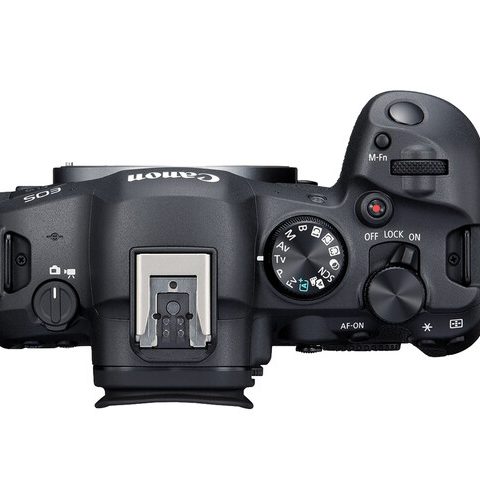
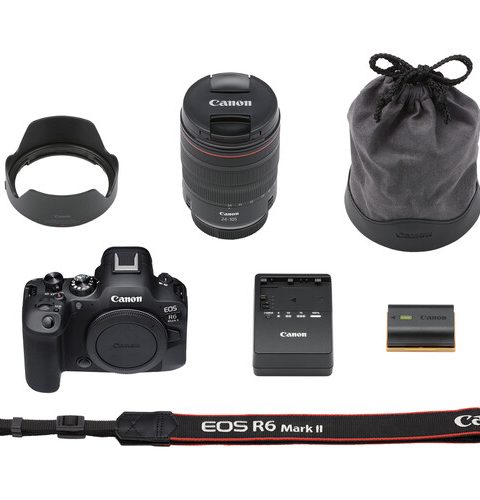
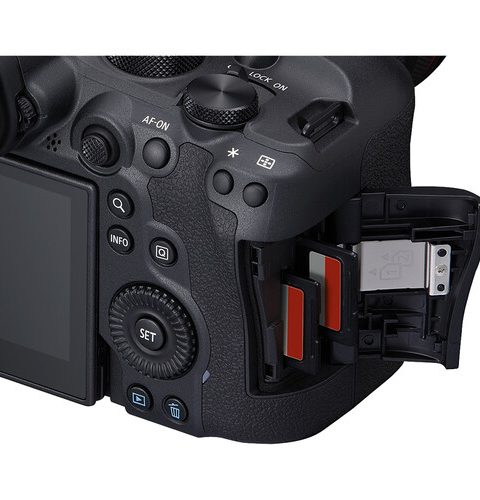
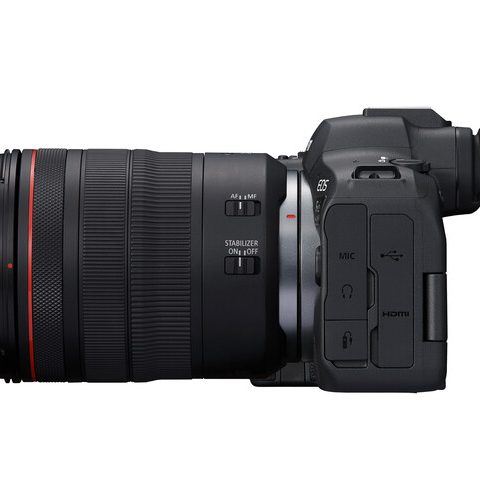
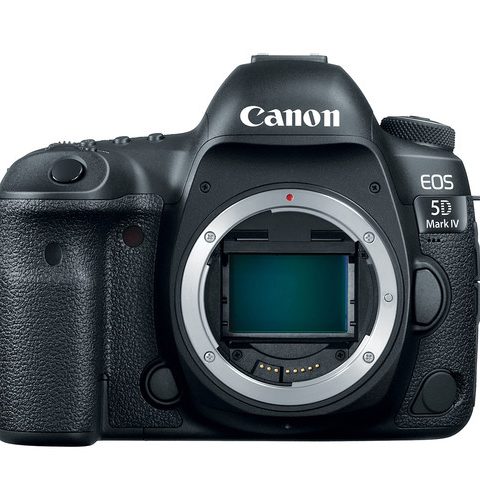
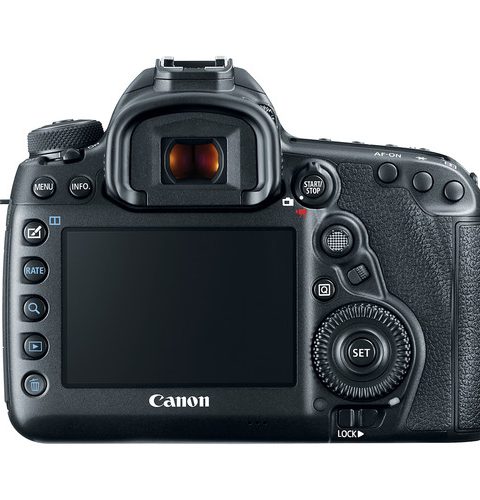
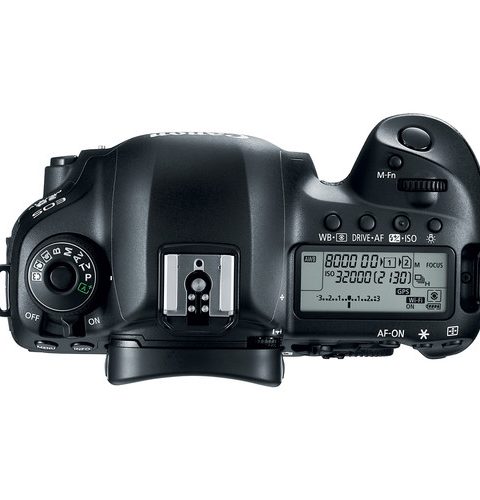
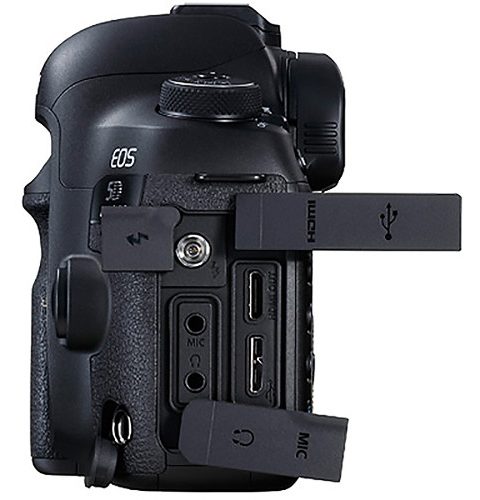
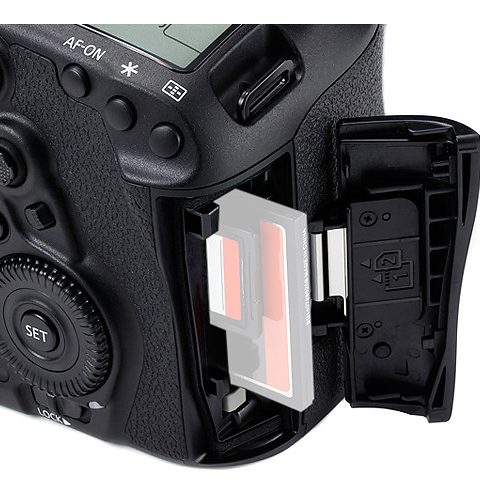
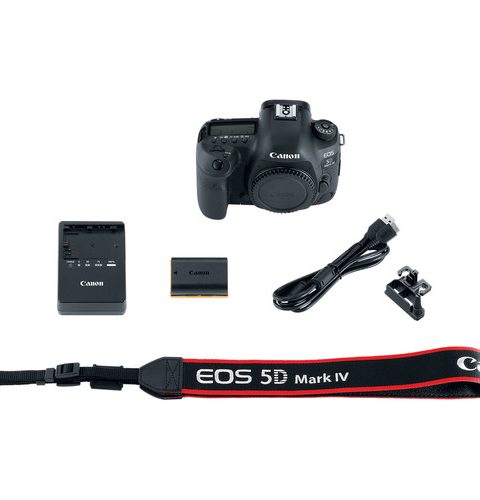
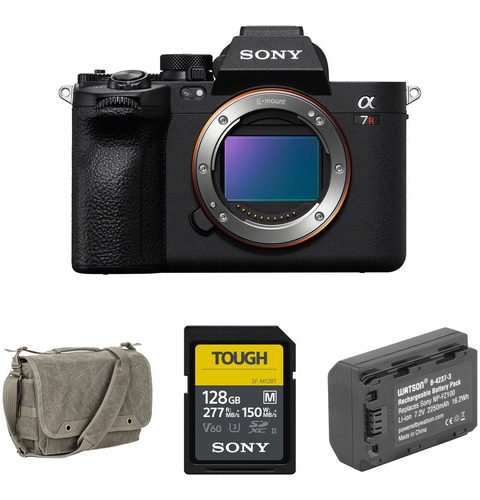
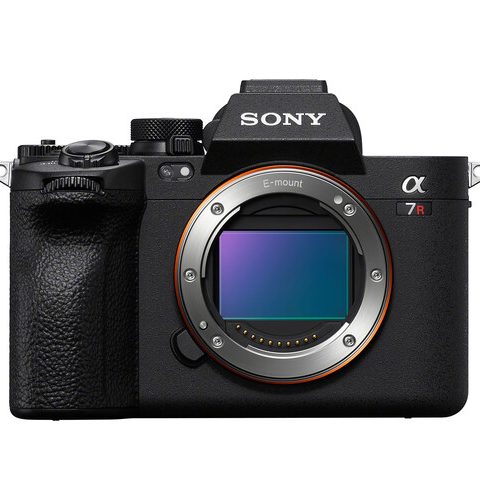
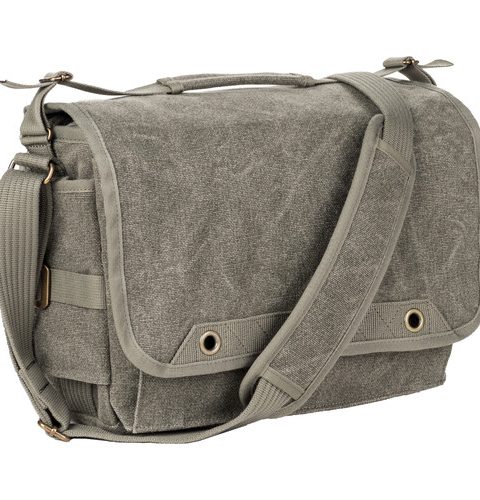
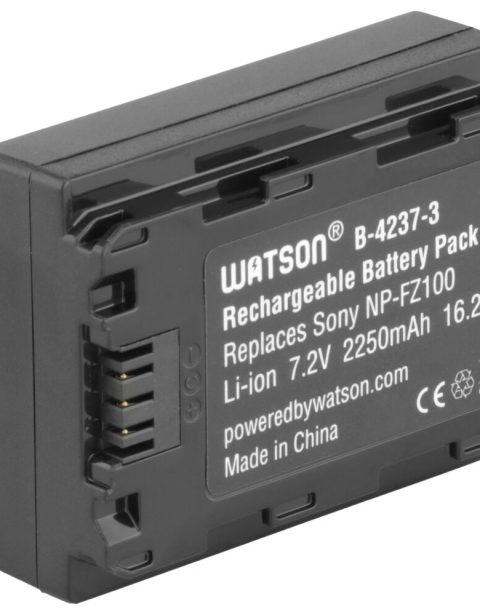
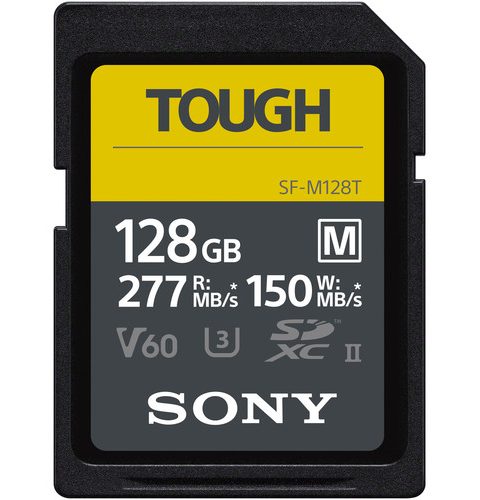
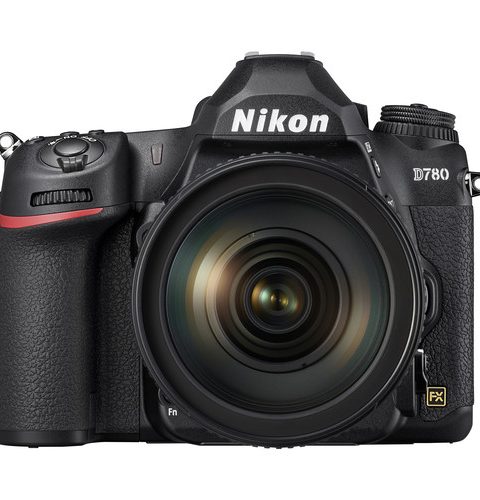
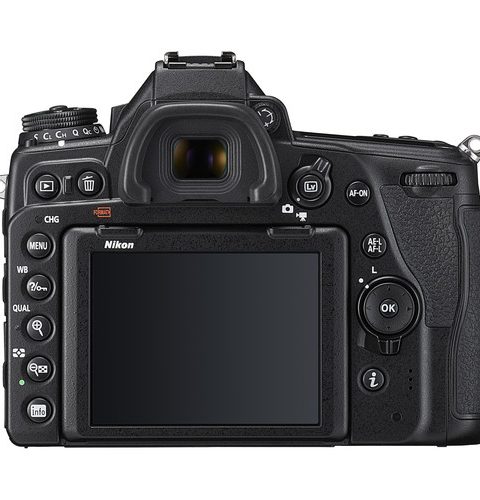
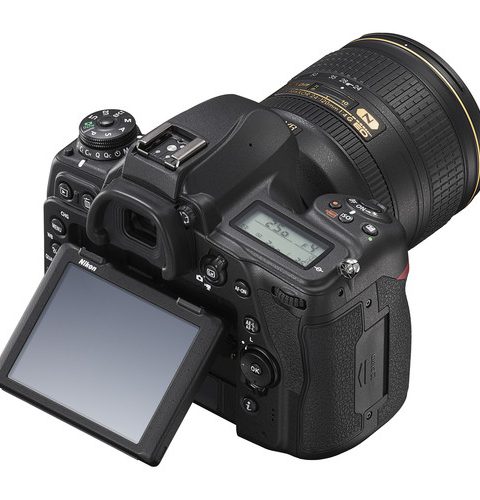
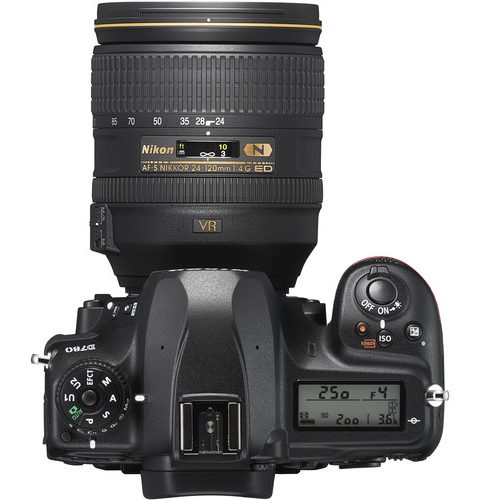
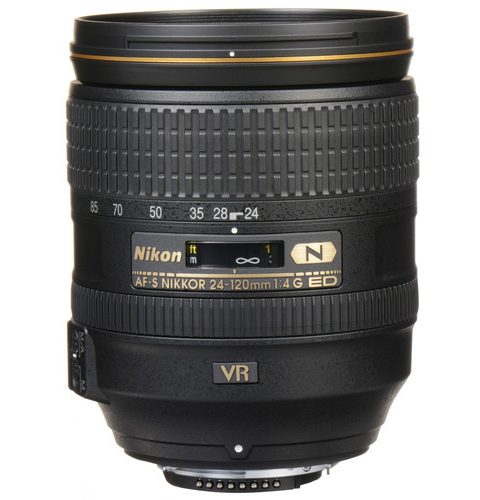
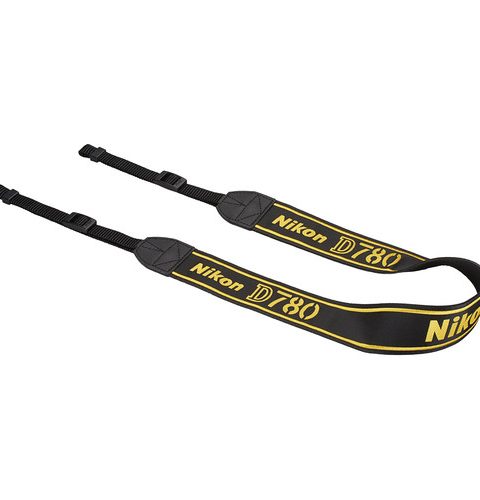
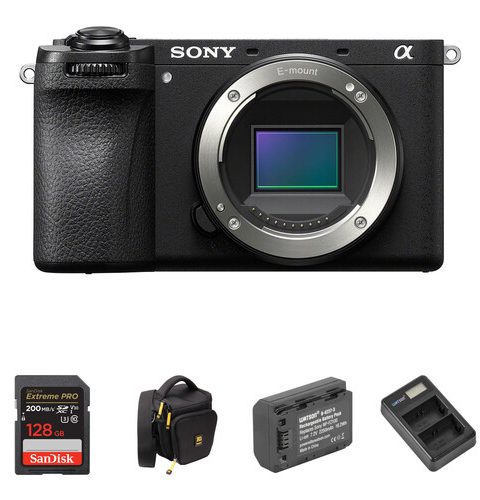
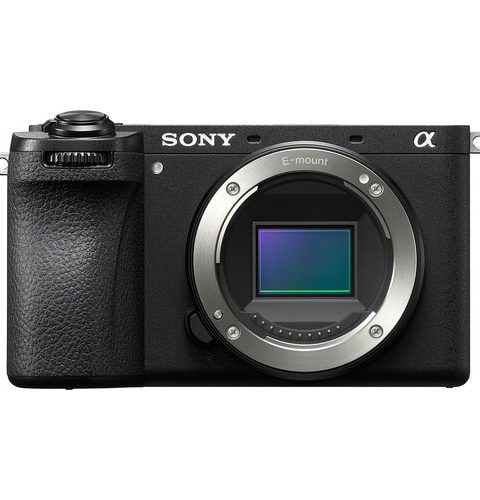
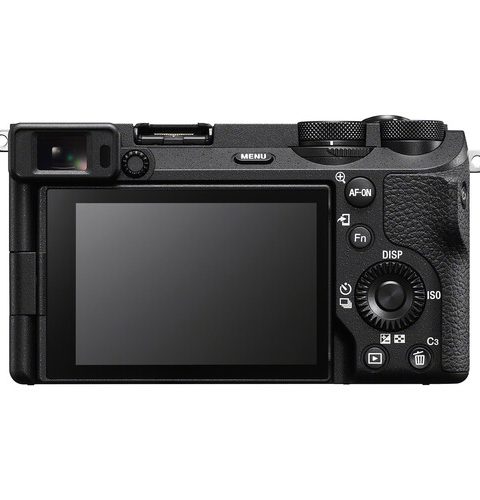

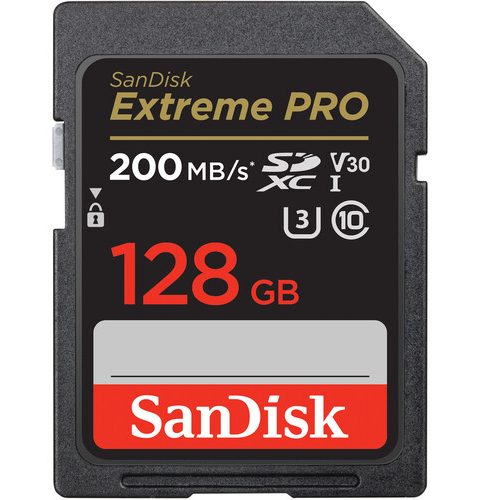
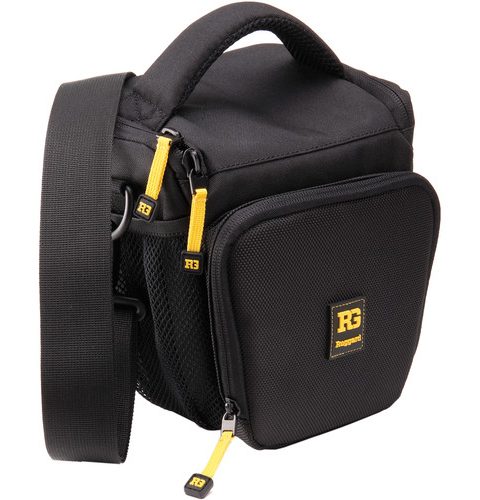
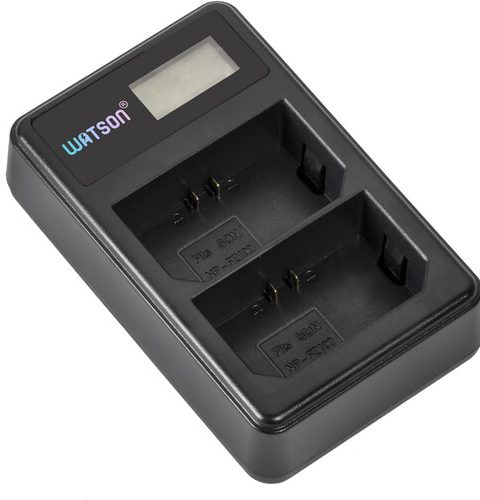
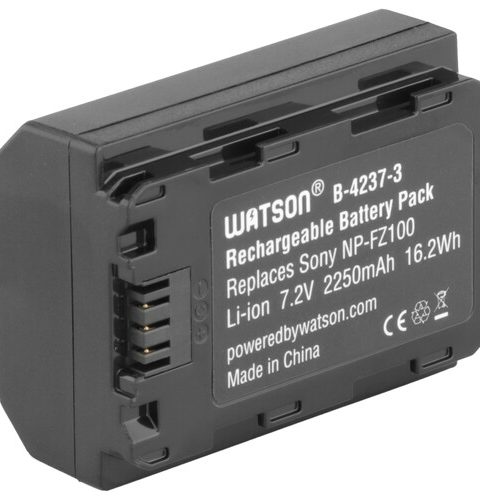
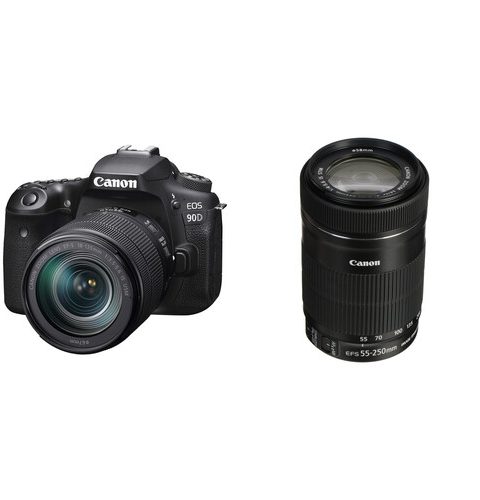
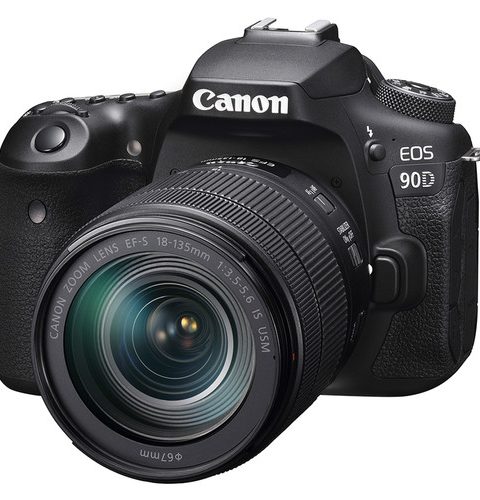
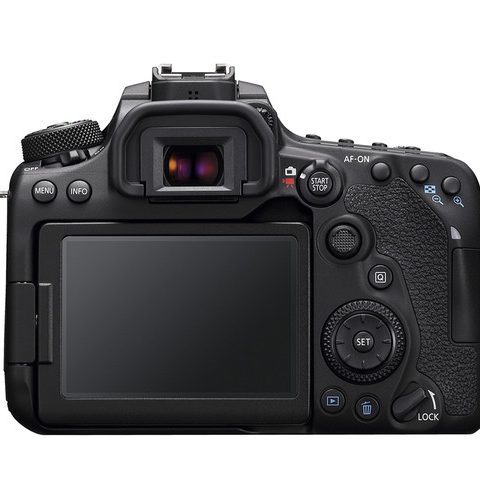
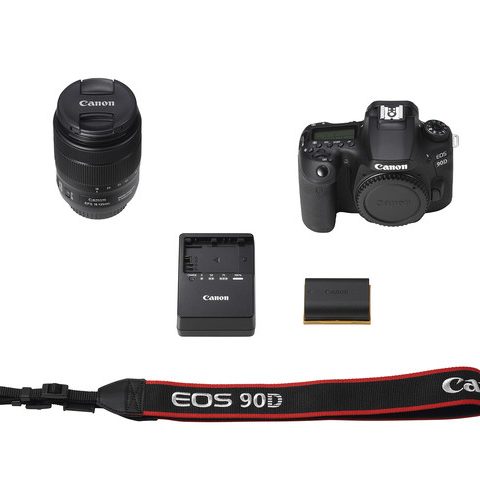
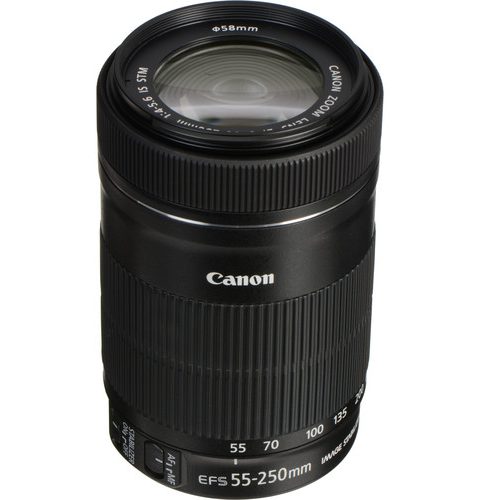
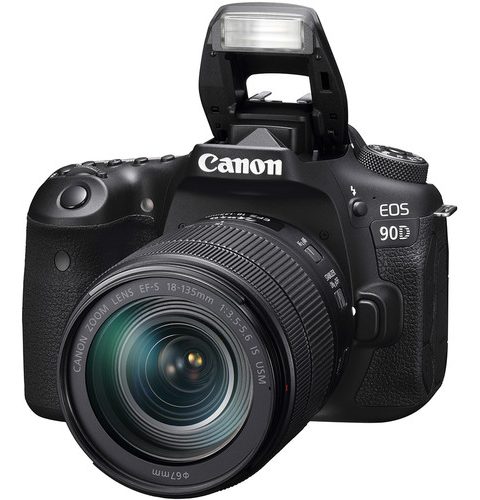
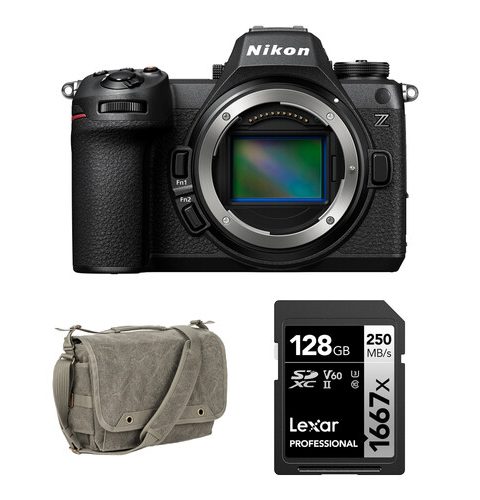
Reviews
There are no reviews yet.